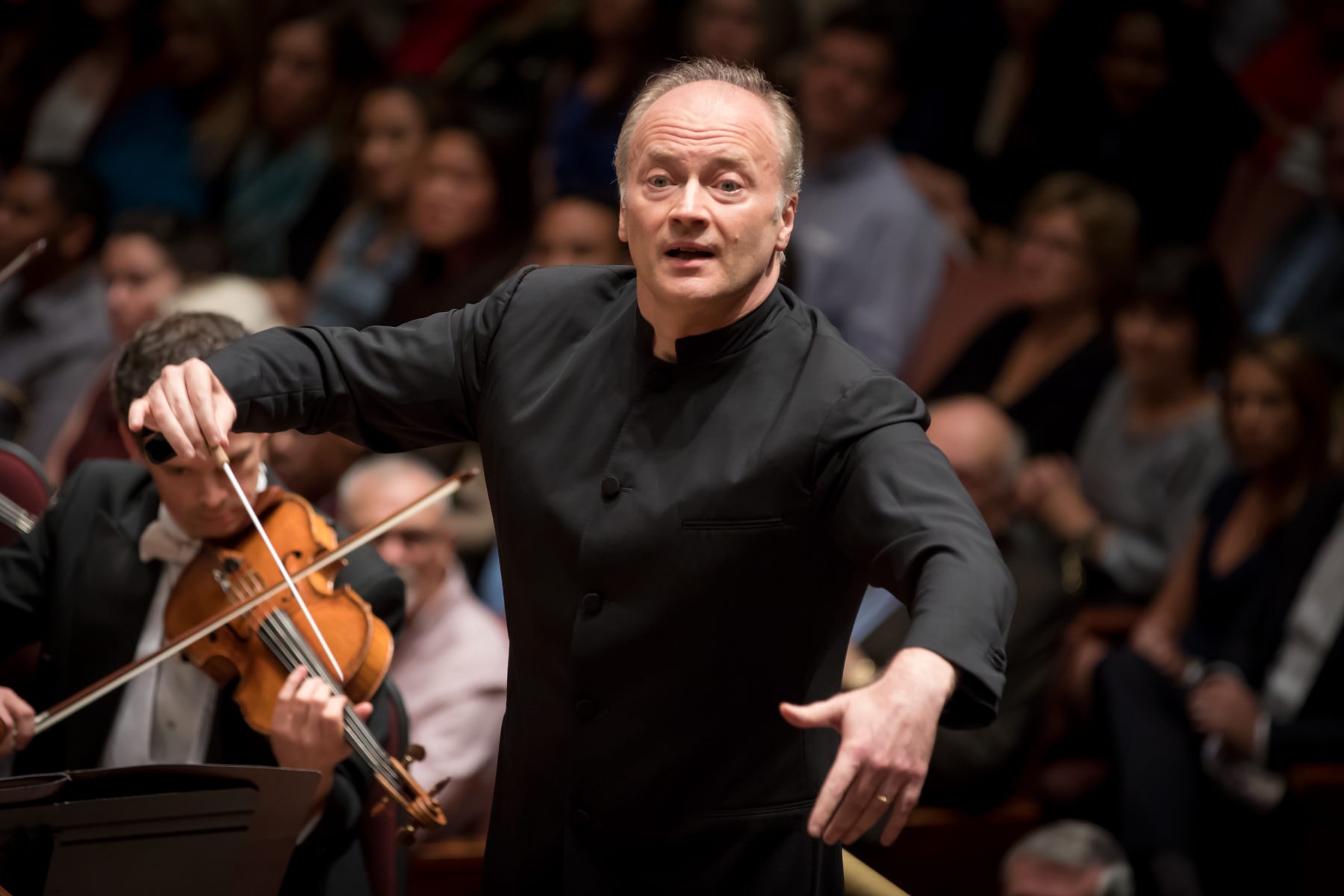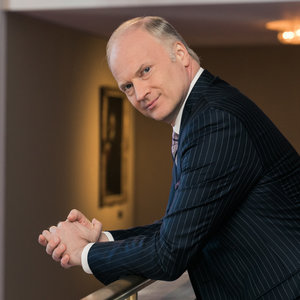Even though being a classical music reviewer often feels like a gig too good to be true, I don’t recall ever forgetting my purpose for attending a performance. There’s a first for everything, however, and last night during the National Symphony Orchestra’s rendering of Gustav Mahler’s Fifth Symphony, I confess I was so taken up by the history unfolding before me, when the final movement ended and everyone around me leapt to their feet cheering, I had to collect myself from the emotional pool into which I’d slid and remind myself I was there to work.

To call a performance historic is to stake a claim in the ground, but there was something special about what happened last night during NSO Maestro Gianandrea Noseda’s return performance after more than three months away guest conducting the London Symphony Orchestra. Gone was the perfunctory sound I have heard under other batons when the maestro is away. In its place was a focus born of an obvious affection for the maestro. That’s nice, of course, but what is historic is how the band’s clarity of purpose under Noseda now equates with a Washington “sound.” Applied to Mahler, their approach was exhilarating.
Potential demerits for not giving their all to guest conductors aside, the NSO last night once again proved itself under Noseda to have a bright warmth and a light touch, which is what I now think of the band’s musical signature under his baton. The violins, in particular, are together, warm and pliant. The lower strings are mellow and confident, while the percussion consistently has nuance. I still hear unevenness in the brass, as I have noted in the past, but even they offer a Noseda-specific shine.
In the program’s first selection, Franz Schubert’s Symphony No. 8 in B minor, the Unfinished, both movements pleasantly evidenced the discipline and range the strings now possess, but the work in sum felt anodyne compared with the coming tonal storm of Mahler.
At the time he composed his fifth symphony at age 31, Mahler had recently recovered from a near-fatal intestinal hemorrhage and had become engaged to the love of his life, Alma Schindler.
It would make sense that this work, written as the culmination in a series of such momentous events, would encompass so much emotion. It needs no ornamentation or lugubriousness. Noseda’s straightforward treatment of this highly personal work gives me confidence in the NSO’s developing brilliance.

From the opening trumpet fanfare, through the tempestuous tempi of the first two movements, to the somewhat less frantic scherzo, Noseda keeps the musicians from interfering with Mahler’s attempt to organize big things. Pausing to linger on the Adagietto that no matter how often one hears it, causes one’s heart to swell, before zipping into the final movement Mahler marked “fresh,” I had the sense that Mahler would have been grateful to be given so much room for his voice, not the conductor’s, to speak.
In the NSO’s breathtaking performance, it’s worth calling out French horn player Abel Pereira’s redolent warmth in the scherzo. It was as classic a Viennese sound as there ever was, and inexplicably, made me tear up. Harpist Adriana Horne shone in the Adagietto, aided by Noseda’s sensual – and sensible – pacing that caressed open a space for her langorous lines to emerge.
Having read scads of symphony orchestra programming notes on Mahler’s fifth, I find the general consensus to be that the work marks Mahler’s break from the programmatic, pastoral themes of his previous symphonies in order to plunge into what scholar Donald Mitchell called the composer’s “interior drama.”
Mitchell is also the one to suggest that the programmatic themes are indeed not gone, but have simply become more integrated. This makes sense to me, as I hear a very literal folk reference apparently overlooked by other commentators. That is, the strains of klezmer music held by the woodwinds in the first movement, the one referred to as a funeral march.

Just as this work opens in C sharp minor before ultimately landing on D major in the final rondo, klezmer music itself often goes from minor to major keys in one song. Keep this in mind when you consider that Vienna at the turn of the last century was increasingly antisemitic, and Mahler had to convert from Judaism to Catholicism before being named to lead the city’s imperial opera. Tucking an overt reference to his Jewish heritage into a funeral march is as poignant to me as the choice to use F major, a highly sentimental key, for his Adagietto.
To my way of hearing, what animates the chromatics in this work as they move from minor to major is Mahler’s coming to terms with what he has to leave behind in order to go forward, and not necessarily by choice. His so-called conversion was perhaps as significant to the man as was his nearly having bled to death. Noseda’s ability to let the music speak for itself served to underscore the enormity of Mahler’s violent but necessary act of self-denial.
Once again brought to my senses, I noted that Noseda did not at first turn to face the screaming crowd. Instead, he kissed the hands of all the first chairs he could reach and pointed and clapped at the ones he could not. At last, after each soloist and section had been acknowledged, Noseda took his bow for the performance, sending the crowd into fresh hysterics.
It really was that good.
If you aren’t able to attend this weekend’s two other performances of this program, streams of NSO concerts are now online. You can also find them on Medici.tv. This program will be live-streamed on Saturday, February 22 at 8:00 pm on Medici.tv and on the Kennedy Center YouTube channel.
Gianandrea Noseda conducts the National Symphony Orchestra in Mahler’s Fifth and Schubert performs February 20 through 22, 2020, in The Kennedy Center Concert Hall, 2700 F St NW, Washington, DC 20037. For tickets, call (202) 467-4600 or go online.




